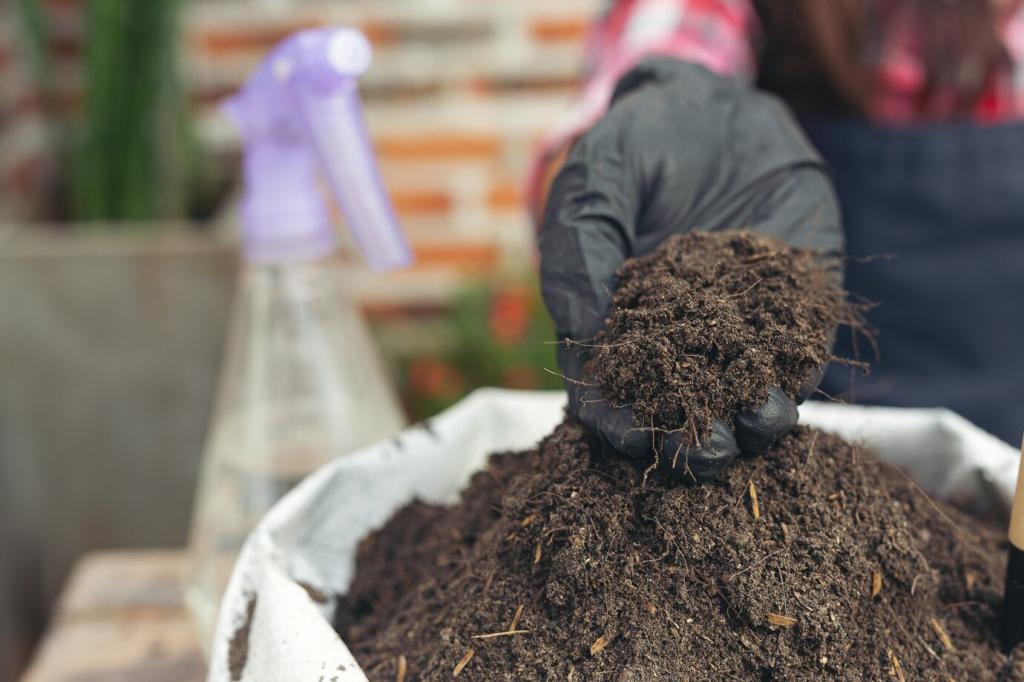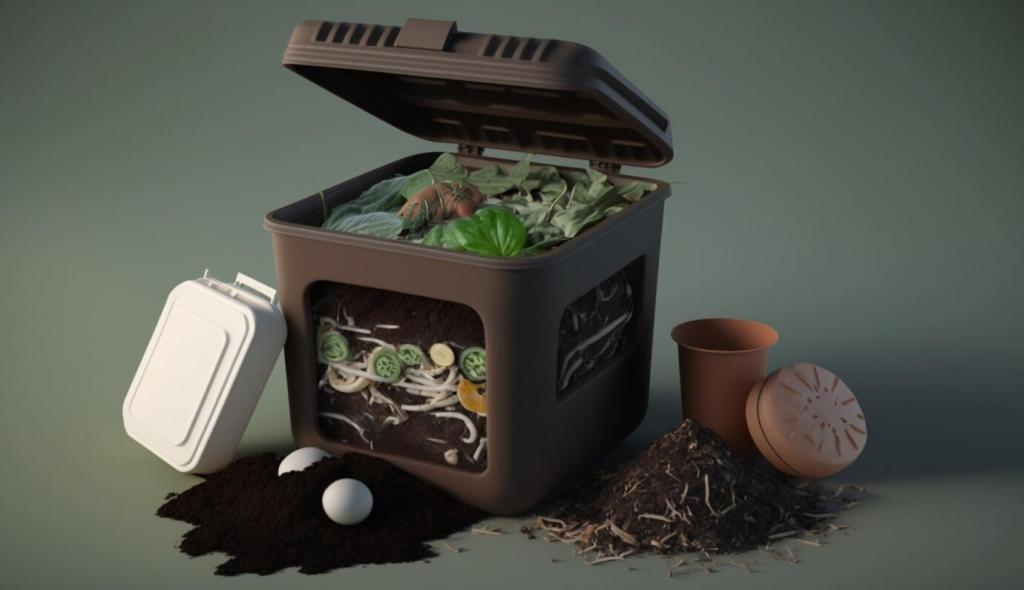
Small-Space Alchemy: Benefits of Balcony Composting for Urban Gardeners
Chosen theme: Benefits of Balcony Composting for Urban Gardeners. Turn kitchen scraps into living soil, nourish your container plants, and shrink your footprint—right from the comfort of your balcony.
Why Composting Belongs on Your Balcony
01
Each orange peel, coffee ground, and wilted herb becomes a building block for better balcony harvests. Globally, roughly a third of food is wasted; diverting even a small share at home reduces methane in landfills and creates tangible value for your planters.
02
Composting invites a bustling community of microbes to do the heavy lifting. As they break down scraps, they create humus that improves structure, holds moisture, and feeds beneficial life—exactly what compact container gardens need to thrive in windy, sunbaked balconies.
03
Balconies demand tidy solutions. Stackable bins, slim worm towers, or sealed fermentation buckets fit into corners and under benches. With a little planning, your compost setup stays discreet, odor-free, and as elegant as the terracotta pots it supports.
Setting Up a Balcony-Friendly Compost System

Aerated boxes offer classic composting with minimal fuss. Worm bins (vermicomposting) shine for speed and compactness. Fermentation systems pre-process food quickly, then finish in soil or a curing container. Pick what matches your goals, tolerance for maintenance, and available corner space.
Odor, Pests, and Neighbors: Keeping It Pleasant
Cover every fresh layer of greens with browns like shredded paper or coco coir. Keep lids closed, aeration steady, and avoid overloading with wet scraps. A small biochar or finished compost cap can neutralize whiffs before they drift beyond your railing.
Odor, Pests, and Neighbors: Keeping It Pleasant
Use tight-fitting lids, fine mesh vents, and secure drainage. Skip meat, dairy, and oily foods. Freeze scraps before adding if fruit flies are persistent. With these habits, your compost bin will be less tempting than the nearest street planter or trash can.


Compost in Action: How to Use It in Containers

Potting Mix Boosters
Blend 10–20% finished compost into fresh potting soil for seedlings, herbs, and fruiting plants. It improves texture and microbial life without compacting containers. For heavier feeders like tomatoes, go toward the higher end and refresh seasonally.

Top-Dressing for Balcony Planters
Spread a thin layer of compost around the base of plants, then water in gently. This slow-release approach nourishes roots, reduces evaporation, and keeps soil surfaces lively. Repeat monthly during peak growth to maintain container vigor and reduce fertilizer needs.

Compost Tea for Quick Wins
Steep a handful of mature compost in a breathable bag inside a bucket of clean water for a day, stir occasionally, then drench soil. This mild extract jump-starts microbes and gives container gardens a gentle boost during heat waves or after pruning.
Mila’s tomatoes stalled in shallow tubs until she top-dressed with her first batch of balcony compost. Two weeks later, leaves deepened to emerald, blossoms multiplied, and she harvested enough to trade a jar of sauce for her neighbor’s herb cuttings.

Join the Balcony Composting Community
Share Your Setup
Post a photo or quick sketch of your bin layout, and tell us the one tweak that made composting click. Your tip might unlock consistency for someone juggling tight schedules and even tighter space.

